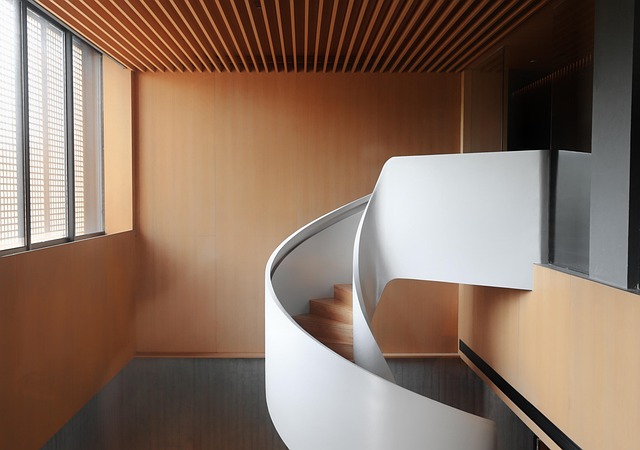The Beauty of Simplicity
In a world overwhelmed by noise, technology, and constant change, minimalism emerges as a breath of fresh air—a return to simplicity and the essence of beauty. In architecture, minimalism transcends mere aesthetics; it reflects a profound philosophy that reverberates through every carefully calculated line and shape.
Art and Functionality
The art of minimalism in architectural design is characterized by its focus on form and function. Each structure becomes a canvas where space, light, and materials unite harmoniously. The beauty lies not in extravagance but in the thoughtful arrangement of elements. Architects embrace the idea that less is more, creating spaces that breathe and resonate with their surroundings.
Visual Harmony
Minimalist architecture often highlights the interplay of various materials—raw concrete, polished wood, and glass—each contributing to a unified vision. This approach emphasizes visual harmony, inviting occupants to experience architecture not just as constructed reality but as an evolving dialogue between structure and nature. Large windows extend the interior outward, breaking barriers and inviting the landscape in, while open floor plans create fluidity and connectivity within the space.
The Emotional Connection
At its core, minimalist design creates an emotional connection. Spaces become a refuge, offering clarity and serenity in a chaotic world. A well-designed minimalist home encourages mindfulness, allowing individuals to focus on what truly matters—relationships, experiences, and moments of tranquility. The careful reduction of clutter fosters a sense of peace, making room for self-reflection and creativity.
The Influence on Modern Living
As urban living spaces shrink and the demand for sustainable practices grows, minimalist architecture provides a practical solution without sacrificing beauty. Compact designs that prioritize efficiency, natural light, and multifunctional spaces exemplify how minimalism adapts to contemporary needs. These designs challenge traditional notions of luxury, replacing opulence with intentionality—each feature serving a purpose and contributing to the overall experience.
A Timeless Aesthetic
Minimalism in architectural design transcends trends; it offers a timeless aesthetic that resonates with those who seek beauty in simplicity. As we explore this art form, we find not just structures but a way of living that champions clarity, purpose, and emotional well-being. The world of architecture invites us to embrace the minimalist philosophy—a gentle reminder that sometimes, in the quest for beauty and functionality, it is the space itself that tells the most compelling story.




